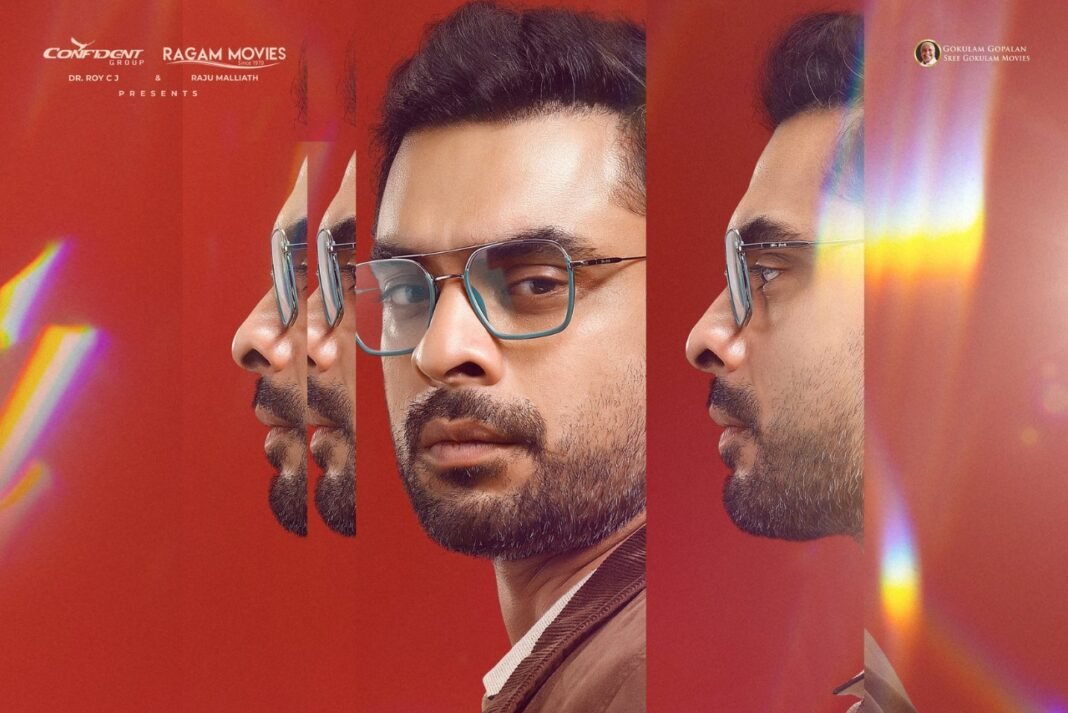Indian Cinema in the past decade has expanded immense growth in terms of reception, gauging an international audience apart from the few indie projects or film festival movies such as ‘Nayakan’, ‘Pather Panchali’, ‘Muthu’ and several others. This said the current indigenous reception for Indian movies, especially theatrical releases post pandemic has been a subject for discussion. It is also to be known that theatres play a major part in making a movie success or failure. As much as OTT watchers have increased, the dedicated theatre going audience still follow their tradition devotedly.
This leaves us with the question whether the availability of theatres in a certain region increases the market for cinema and business for movies irrespective of the content. Statistics certainly backs the statement as major traction for theatres is dominated by the lower part of the Nation, with the southern Indian states holding 54% of theatres. The statistics from ‘cinemaprofile’ shows that South Indian states, especially Andhra Pradesh leading the line with 1097 theatres, proving their adulation for the art of cinema.
According to the cinemaprofile.com ranking,
| S.No | State | No. Of Theatres |
| 1 | Andhra Pradesh | 1097 |
| 2 | Tamil Nadu | 943 |
| 3 | Karnataka | 719 |
| 4 | Maharashtra | 703 |
| 5 | Telangana | 485 |
| 6 | Kerala | 430 |
| 7 | Gujarat | 420 |
| 8 | Bengal | 373 |
| 9 | Uttar Pradesh | 321 |
| 10 | Bihar | 315 |
Reading the stats, the top three most theatres in Andhra Pradesh, Tamil Nadu and Karnataka also resonate the long standing cinema legacy that sourced their movies in these bases with studios, actors rising from these states getting prominence along with the competitive Bollywood stars. It is also arguable whether these stats equate to the star status or popularity but it certainly isolates the fact that people and masses are invested for cinema more in certain regions. These in hindsight leaves us with an introspection of how cinema is viewed, celebrated and sets the lifestyle of the audience, even leading to be a part of politics. There are factors that cultivate the availability and increase in number of Theatres in particular in comparison with other forms of art.
Hero worship and Glorification
The very meaning of Hero Worship is a form of admiration that is overwhelming. While when it comes to cinema, especially in the South, the fans and their forms of hero worship are always grand, over the top celebrations with devoted rituals followed by different fandoms and even exceeding a certain limit at times. These rituals involuntarily include the need of theatres as fans flock together and celebrate the opening days on the venues almost competing and clashing with other fandoms. This is not a recent stunt as hero worship in the form of early morning celebrations and banners ahead of the first day hype.
Hey Alexa, Play “Thalaivane” song from Suriya’s #Kanguva 🥳🎶
— Kasi Theatre (@kasi_theatre) November 13, 2024
EXCITED MAX 🔥 pic.twitter.com/BESvLExKOg
There are several interesting parallels of hero worship with that of fans of popular artists, anime characters being included in the discussion as it is also a valid comparison on the surface level as fans are immediately attracted to a portrayal of righteous, ethical and over all honest heroes on screen just like fictional manga and anime characters who are ultimately proclaimed and put forth with a ‘hero’ tag.
Theatre Audiences retaining their tradition
Unlike many North Indian states where celebrations and festivals are usually in the form of public gatherings and dancing, the South Indian states especially Tamil Nadu and Andhra Pradesh await for the festive releases with fans flooding the theatres to watch their favourite heroes on the first day, theatre owners banking heavily on the Diwali, Pongal releases even producers and distributors sparring for a festive slot.
#Amaran will go Advance HOUSEFULL on it’s FIRST SUNDAY NIGHT 🔥🔥🔥
— Kasi Theatre (@kasi_theatre) November 3, 2024
BIG BLOCKBUSTER ON CARDS 🏆🌟@Siva_Kartikeyan @Sai_Pallavi92 @gvprakash @Rajkumar_KP @RKFI pic.twitter.com/GVHtk2lop0
The abiding tradition of families flocking the theatres is seen from the 90s while the recent FDFS shows are mostly repleting with youngsters. Family audiences even now visit theatres devotedly for festive releases, watering the long-standing tradition.
Theatres reserved for Stars
A unique factor that connects fandoms with theatres and their retention in South India, especially in Tamil Nadu is how certain theatres are iconic for their opening day commotions and others reserved solely for certain star movies that run for the maximum days. Like the classic Baby Albert theatre in Chennai that is known for reserving actor Rajinikanth’s movies, running for maximum days and re- releasing the star’s movies till date on special days. There is also Santhi theatre in main Chennai that shows veteran actor Sivaji Ganesan’s movies while Kasi Theatre is known as the fort of actor Ajith Kumar like Rohini theatre is reserved solely for actor Vijay fans to publicly celebrate the openings.
OMG 😱
— Vishnu Kamal (@kamala_cinemas) February 14, 2024
Biggest Surprise of the year, Expect the expected ‼️‼️
🔴 #Thala #Thalapathy on the same day at your Kamala Main Screen on 23rd Feb 🔥
It’s #Vaalee and #KadhalukkuMariyadhai for JUST ₹69
We are playing these movies in Print Projector 📽️
BOOKINGS OPEN NOW 💥 pic.twitter.com/FzeBt2PiZg
Other Factors
North Indian states glorify and boast their stars with multiple releases with higher budgets and collections than the South Indian industries. Figures like Dileep Kumar, Dev Anand, Rajesh Khanna, Dharmendra, Amitabh Bachchan, Shah Rukh Khan are highly regarded and glorified just like how South Indian stars such as MG Ramachandran, NT Rama Rao, Sivaji Ganesan, Rajinikanth, Kamal Hassan, Mammootty, Mohanlal are at a unattainable stature of fame and popularity. This suggests that the number of theatres and fame games are not proportionate but affect the retention and survival of theatre culture.
The years following pandemic and the wake of OTT streaming lead to the shut down of many single screens across India, with people preferring the Multiplexes over classic single screen venues as the prior gives them the options to choose from similar to the OTT streaming sites. This changed the way people consumed cinema as the inflation and the effort that was followed by millions of Indians in visiting the venues and experiencing cinema with the masses is now being taken as an option.
It is also to be noted that the collections and reception for South Indian movies has changed with stats stating, “Back in 2019, the domestic box office revenues of South Indian cinema stood at Rs 4,000 crore, while that of Hindi films stood at Rs 5,200 crore. Cut to 2021, and the tables have turned. South Indian movies clocked in Rs 2,400 crore last year, while Hindi films generated a revenue of Rs 800 crore”, as per an EY-FICCI report.
Heads Up for the Chennai International Film Festival 2024 has arrived: Here are the list of movies screeningThe Pan Indian Cinema movement with industries collaborating and blurring the boundaries of language as beautiful as it is, it also demands for a solid theatrical watch as many directors and producers when making a ‘Pan Indian Movie’ aims for high budget and even higher collection, provisioning spectacle of cinema with visuals and star cast who are roped in even for a song for the sake of internet virality and eruption of applause in theatres. This in hindsight also bores the viewer who always has an option or choice to stay back and watch a movie or web series with a huge cut down charge. This mentality although has not affected the theatre going population yet, it has certainly shrunk the availability of a movie in theatres- which is for a week or two- and watching on a streaming platform for a much smaller cost, but also has washed away the mindset of the audience.
This is exceptionally active in the North Indian states where the Multiplexes are charging so high for a family to watch a film, as rightfully pointed out by Producer K. Gnanavel Raja of Studio Green, who sat down with Baradwaj Rangan said, “The booming of OTT has grown but the quantity of movies produced has reduced with OTT streaming buyers maintaining a small budget, reflecting in the making of fewer films”. He also noted how in Mumbai a small theatre food combo is costing around 1500 for a person, this eventually burns the family crowd whose tickets to food, travel ratio is varying by thousands of rupees. The same is pointed out by ‘Variety’ where the discussion of how South Indian movies are blockbusters compared with Bollywood flops in 2022 where the author makes a similar statement writing, “High ticket prices in Bollywood markets, compared to South India, is another factor. India celebrated Sept. 23 as National Cinema Day with tickets reduced to 75 rupees (90 cents) for the day and 6.5 million people thronging the 4,000 participating cinemas.”
The same scenario is seen in certain multiplexes and metropolitan cities in Tamil Nadu, Karnataka, Andhra Pradesh where audiences have suffered the burn of inflation after preferring theatres but not as much as the North sector. This is one of the most important modern factors affecting the repetitive audience who prefer an exponentially bigger watch on the big screen.





